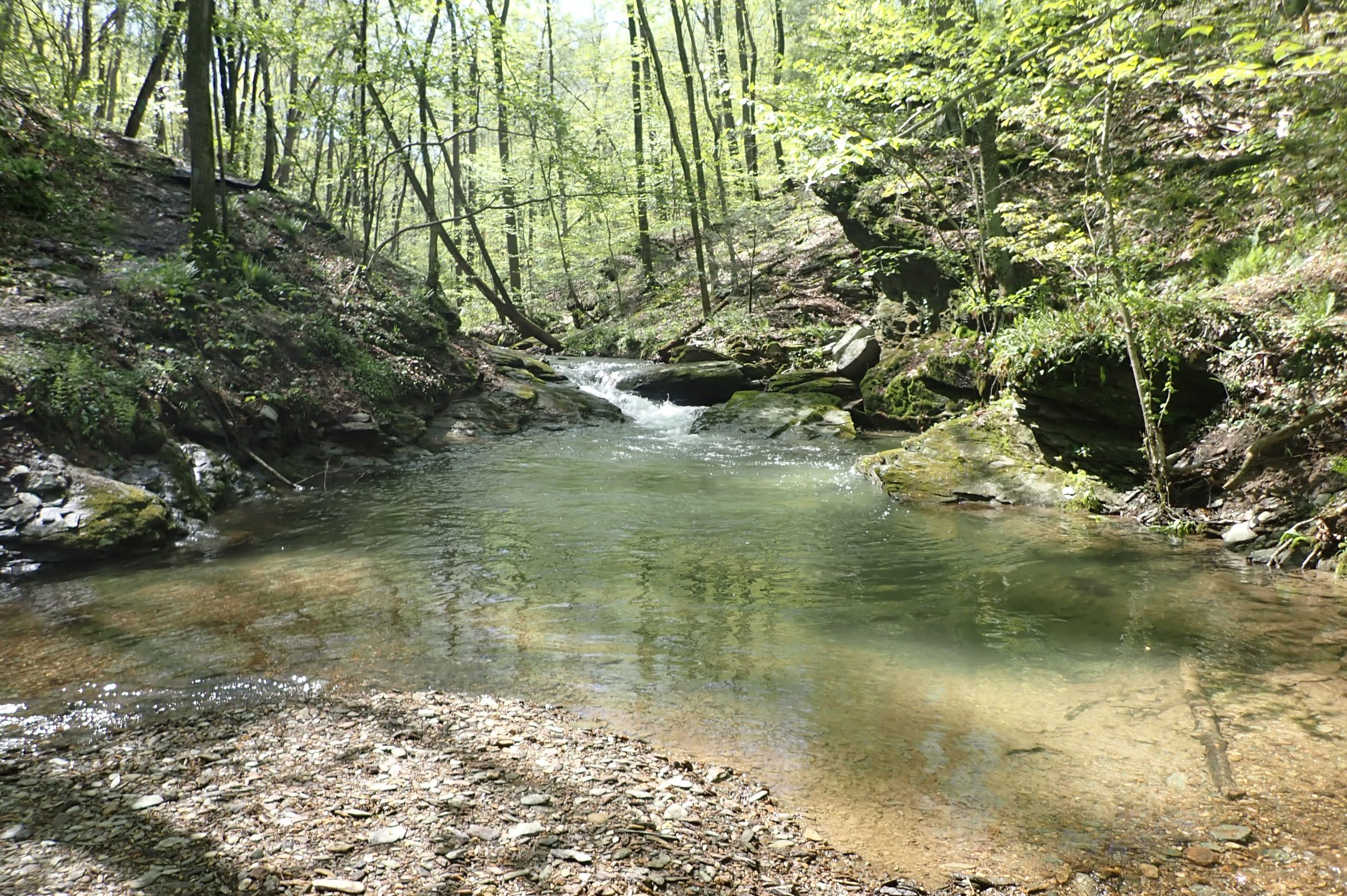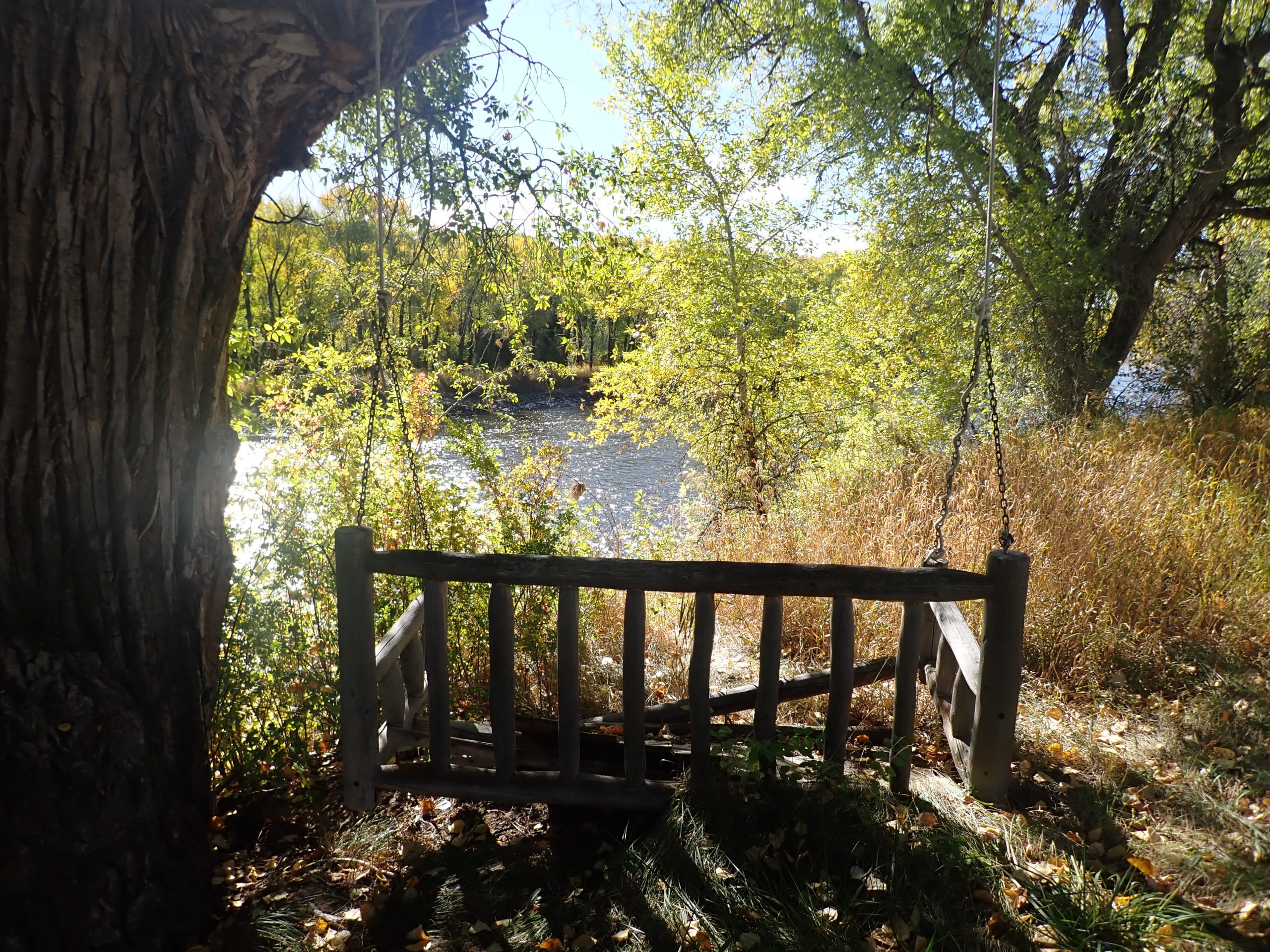- Plant Soil Heath
- 717-299-2112
- info@organicapproach.com
- Organic Approach Website
“Selective Nature”
“Radical Root Run”
January 25, 2021How an Organic Lawn Program will Benefit your Trees
April 13, 2021Selective Nature
“An Ode to Human Tinkering”
Warning: Opinion Piece: Put on your protective eyewear for this one…
ego noun
Definition of ego
1 : the self especially as contrasted with another self or the world (Merriam-Webster)

Lately I’ve been wrestling a great deal with our right to (attempt to) fix perceived problems in the environment. For the past few years I have been practicing plant health care, a pleasant little niche field under the overarching canopy of arboriculture. My job, generally speaking, is to help trees through times of stress so that they may live long and happy lives. This task takes many different forms including remediation of soils, identifying and treating for pests and diseases, providing adequate nutrition at different times of year, establishing irrigation protocols, and a variety of other equally exciting initiatives. At face value, although some of the employed methods can be complex, the end goal is quite simple: help individual trees survive a variety of environmental stressors. This objective is often accomplished by isolating a variable and treating for it, at least via conventional practices.
Now at first read this sounds like good, wholesome work- and I believe that it is if done responsibly, just like anything else. The trick here is to establish a threshold for that responsible, or rather, ethical practice. Let’s look back and highlight some key words and phrases from the first paragraph: fix perceived problems, individual, isolating a variable. All of these words stand out to me as sleepy little indicators of systemic mismanagement in my niche field of plant health care, or could these trends be representative of our approach to natural resource management at a larger scale? Maybe I’m dreaming, but it seems like we could be treating the symptom rather than curing the disease in some cases. Let me elaborate…
Why do we spray chemicals up into trees to kill pests? The simple answer is that we believe that the pests don’t belong there and they may harm or kill our tree. True(?), but why are they there? If they are just there opportunistically, then the population size may not even be of any significant threat to the tree. If this is indeed the case, then it wouldn’t be all that far out to assume that a chemical treatment may have the capacity to do more damage in the ecosystem than the pest itself. If pest populations are at epidemic threat levels, then there must be another imbalance in the environment that allowed for the infestation in the first place. Nature has its own defense systems in place to prevent such happenings, so if it is happening, then the aforementioned natural systems must be down, or, maybe it’s happening for a reason. If the natural system is broken, then why are we treating the symptoms of an individual? -with toxins no less, that will persist in the environment doing real damage long after the pest is gone. Shouldn’t we be shifting our focus to replacing the missing links and repairing the system so it can once again sustain itself without our intervention?
There is a sort of intangible balance to everything in nature. The more we as humans choose to step in and manipulate our environment, the more we lose touch with this balance and the art of maintaining it. The above example of spraying for pests is generalized and dramatized to make a point. Sometimes, we do need to take action against challenges in our environment as long as the challenges have been accurately identified and the options appropriately vetted. This is where the human ego comes in, or rather exits. We have to stop thinking that it is always our job to act upon our environment in order to achieve results that are compliant with our own contrived timeframes and metrics. Trees don’t play by our rules of time, they do things very slowly, and some of them live for hundreds of years, occasionally thousands in the case of bristlecone pines. Some people see trees as majestic ancient organisms that stand the test of time. Some people view lumber as a crop. The only difference here is perspective. I am not suggesting that either perspective is wrong, but merely highlighting their existence.
In my own hometown of Lancaster, PA I haven’t sprayed for a single Spotted Lantern Fly. This approach could certainly be seen as controversial due to the fact that these colorful little critters from Asia have a death grip on the throats of the local paper and it’s readers thanks to the “invasive” buzzword that follows them around as they munch their way inland through our state and on to Ohio. In fact, we are invasive on this continent too- just ask the people that were here before us. We intentionally stock brown and rainbow trout in our streams as gamefish to generate revenue for the state. These competitive species were “introduced” in the 1800’s. Trout often squeeze native fish like the brook trout (which are actually Char) out of their habitat- but we turn a blind eye because vibrant sport fisheries generate money. Brook trout, by the way, are an excellent indicator species for good water quality. Trees that are non-native but deemed to be favorable for any number of reasons are “exotic”, and yet I’m sure there are some exotic dancers in town that were born and raised here. This paragraph is intentionally a disaster to prove that words are only words, and to highlight the ridiculously arbitrary terms by which we humans choose to classify life.

Now listen, the Spotted Lantern Fly does damage trees, and it does have a negative economic impact on our communities, but I would like to suggest that we maybe have bigger fish to fry. The Spotted Lantern Fly is a threat to predominantly grapevines and the tree of heaven, most other tree populations will be able to weather the lantern fly wave without help even if a few weaker individuals are lost along the way. The Penn State University Extension describes the Spotted Lantern Fly as a “nuisance” pest, so if you spray for them with bifenthrin then you’re essentially nuking a nuisance… Meanwhile in my hometown we have diseases such as Bacterial Leaf Scorch that strike me as being far more sinister. The pathogen that causes the symptoms of bacterial leaf scorch is highly non-selective, kills trees of many types very quickly, can be vectored by essentially any planthopper with a foregut (which is a lot), and so far remains mostly untreatable. The best tool we have at this time to treat Bacterial Leaf Scorch is an annual systemic antibiotic injection that only suppresses the symptoms of the disease for a few weeks to months. This solution is essentially “buying time”.
This is the genre of thought that splashes around in my head on a day to day basis when I’m out in the field. We as humans seem to have a very selective nature, and we exercise it upon our environment with authority. This is both a blessing and a curse- a strength and a weakness that we have to be aware of before we can strive to understand it. Sometimes I think we are too fast to choose what lives and dies in our environment, but sometimes our job is just that. Sometimes in the real world we have to reach into our tool box for a tool that we don’t particularly enjoy using, and this is okay as long as our actions are deliberate and justified.
There is the law of man and then there are the laws of nature. One such law of nature is that when an organism exceeds the carrying capacity of its environment it will be stricken by pestilence and disease. I read that somewhere- not my words, but I agree with the sentiment. We are as subject to this law as anything else is, potentially more so due to our higher degree of influence upon our environment. We must tread lightly moving forward if we are to avoid the fire and brimstone of our own creation, and let cultivation be our salvation.
In a world that is anything but black white I have discovered that the most sensible solutions usually reside somewhere in the gray (where you actually have to look for them). If the negative approach is to kill with chemicals and the positive approach is to feed the beneficial biology, then the Organic Approach will likely reside somewhere on the spectrum in between. The takeaway is that there is no one-size-fits-all solution, and if that’s what’s being sold to you, then it’s probably too good to be true. The responsibility that we have to each other, to ourselves and to future generations is to steward our resources as best as we are able. I’ll end this one on a lyrical note-

I’ve been told that trees have been known to speak to each other in the wild.
I believe that it is easier to see the forest through the trees for a child.
I have heard that the fountain of youth shows herself only when ego is bridled.
To put the beast back into the wild will forever be man’s greatest trial.
- Josh Morgan
